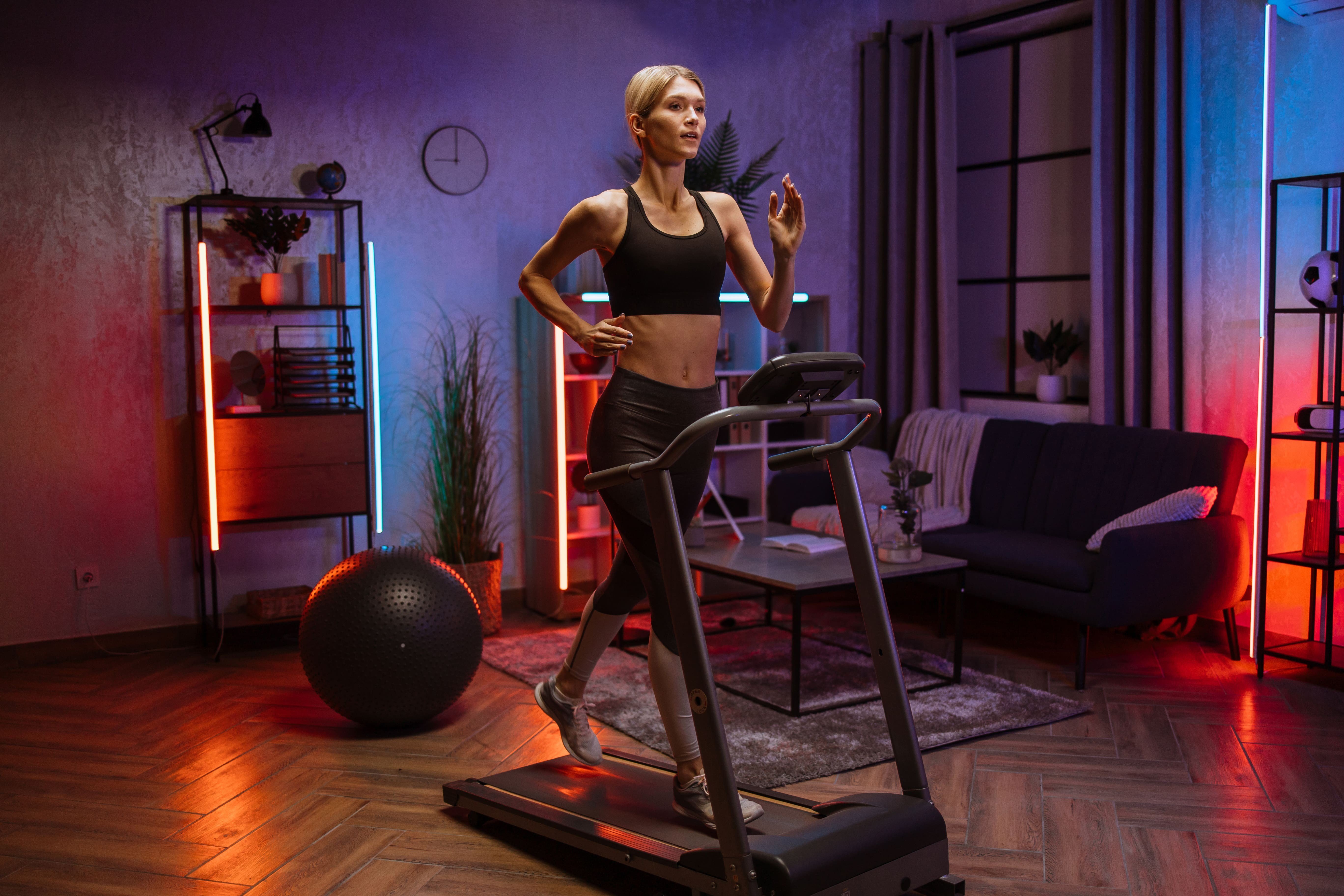The Walking Machine: A Comprehensive Guide to Your Fitness Companion
In today's hectic world, where time is a high-end, preserving a consistent workout routine can be an obstacle. For many, a walking machine-- frequently referred to as a treadmill-- works as a perfect fitness buddy. This article offers an extensive take a look at walking machines, including their advantages, types, upkeep ideas, and regularly asked questions.
Why Choose a Walking Machine?
Walking machines provide a useful and reliable method to incorporate cardiovascular exercise into life. Here are a number of crucial benefits:
- Convenience: Walking machines enable individuals to work out anytime, regardless of climate condition or time restraints. visit this hyperlink are perfect for hectic schedules.
- Versatility: Users can stroll, jog, or perform at their own pace and intensity.
- Safety: Walking machines present a lower danger of injury compared to outside walking or running, particularly for newbies or those recovering from injuries.
- Tracking Progress: Many treadmills featured integrated displays that track metrics like speed, range, and calories burned.
Types of Walking Machines
When thinking about a walking machine, it's vital to choose the best type based upon private physical fitness objectives and space restrictions. Below are the primary types of walking machines:
| Type | Description |
|---|---|
| Handbook Treadmills | These machines do not have a motor, and users need to stroll or go to turn the belt. |
| Electric Treadmills | Powered by an electric motor, enabling users to set the speed and incline effortlessly. |
| Folding Treadmills | Developed for easy storage, these treadmills can be folded when not in use. |
| Desk Treadmills | Suitable for a dual work and workout environment, these compact machines permit walking while working. |
| Slope Trainers | These enable users to imitate uphill walking, boosting workout strength and calorie burn. |
Selecting the Right Walking Machine
Selecting the ideal walking machine can significantly affect motivation and effectiveness. Here are some aspects to consider:
Key Features to Look For
- Motor Power: An effective motor makes sure a smooth and consistent workout. For occasional walkers, a 1.5 HP motor is generally sufficient; for heavier use, try to find 3.0 HP and above.
- Belt Size: A wider and longer belt provides more area for a comfortable stride. Standard sizes vary from 16 inches wide and 50 inches long.
- Incline Options: Adjustable slope settings can replicate walking or running uphill, increasing the intensity of the workout.
- Shock Absorption: Good shock absorption reduces the danger of joint injuries and boosts comfort.
- Console Features: Look for integrated exercises, heart rate screens, and connection features like Bluetooth for a more appealing experience.
Budget plan Considerations
Walking machines come in a wide variety of prices, depending on functions and construction quality. Here's a rough budget breakdown:
| Price Range | Features |
|---|---|
| Under ₤ 300 | Standard manual or little electric treadmills with restricted functions. |
| ₤ 300 - ₤ 700 | Advanced electric treadmills with slope, medium power motors, and better warranties. |
| ₤ 700 - ₤ 1500 | High-quality electric treadmills with bigger integrated screens, substantial functions, and guarantees. |
| ₤ 1500 and above | High-end models offering innovative technology, features, and durable building and construction for severe fitness enthusiasts. |
Upkeep Tips for Your Walking Machine
To guarantee durability and ideal performance of a walking machine, think about the following upkeep pointers:
- Regular Cleaning: Dust and sweat can accumulate on the machine and the belt. Clean down the surface areas and tidy the belt routinely.
- Lubrication: Depending on the model, lubricating the running belt occasionally can avoid wear and tear. Check the producer standards for recommended lubrication schedules.
- Inspection: Periodically inspect the machine for loose screws or worn parts. Tighten and replace as needed.
- Calibration: Occasionally, examine the calibration of your machine's metrics to ensure they supply accurate information.
- Correct Use: Follow the manufacturer's recommendations for weight limits and operational standards.
FAQs About Walking Machines
1. Are walking machines a good workout?
Yes, walking machines provide an outstanding cardiovascular exercise, can aid with weight loss, and enhance overall health.
2. How frequently should I use a walking machine?
Go for a minimum of 150 minutes of moderate-intensity aerobic activity each week, which can easily be attained with regular sessions on a walking machine.
3. Can I reduce weight on a walking machine?
Yes, incorporating a walking machine routine into a healthy diet plan can promote weight loss, specifically if combined with periods and incline training.
4. Is it safe for elders to use a walking machine?
Yes, walking machines can be safe for elders with low-impact settings and safety functions like hand rails. However, individuals should talk to their health care service provider before beginning any workout program.
5. What's the distinction in between a treadmill and a walking machine?
The term "walking machine" normally refers to a treadmill meant for walking, while "treadmill" can describe machines used for various strengths, consisting of running.
With their versatility and convenience, walking machines can significantly enhance one's physical fitness journey. By carefully selecting the right type, making sure correct maintenance, and incorporating different workout techniques, users can maximize their walking machine's benefits. As with any workout regimen, consistency is crucial to achieving long lasting fitness outcomes.

